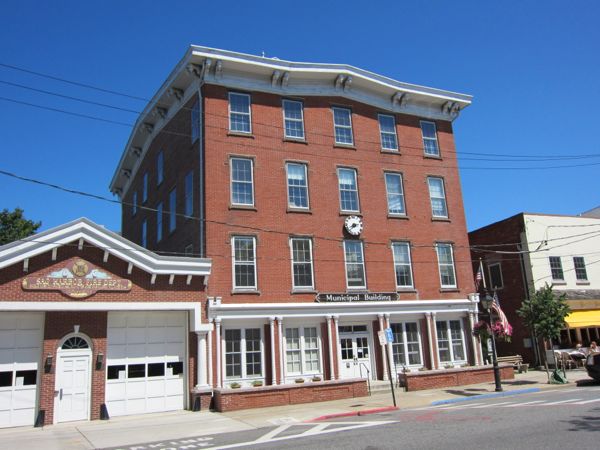
Lost in the minutiae of committee reports presented by members of the Sag Harbor Village Board at their monthly meetings is an often-repeated fact: On average, 40 percent of the village’s restaurants fail routine inspections of the grease traps they are required to install on the drain lines that connect their businesses to the municipal sewer system.
The result of too much grease entering the sewer lines can be likened to fat clogging a person’s arteries. It creates a hard and dense layer that will eventually block the line completely, sometimes forcing the village to dig up the street on a busy summer weekend to repair it, according to Trustee Aidan Corish, who oversees the sewage treatment plant’s operations for the board.
Corish calls that failure rate “a shameful record,” and when the board meets on Tuesday, July 11, at 6 p.m., it will hold a hearing on a proposed law that will tighten village rules overseeing grease trap inspections, including adding fines of up to $1,000 per day for restaurants that fail to rectify the problem. In addition, they will be billed for any work the village has to do to unclog the line.
“I understand that when it goes down the drain, people tend to forget about it,” Corish said. “But other people have to deal with it, and it is to the detriment of the entire village and, ultimately, our water quality.”
Besides presenting restaurateurs with steep fines and forcing them to reimburse the village for its costs, Corish said he planned to shame them into compliance by reciting a list of those establishments that fail the inspections during his monthly Village Board reports.
But Corish said he was hoping for compliance instead of combat. So in advance of the village adopting the new law, it will send letters to restaurants providing them with a list of best practices for grease trap maintenance and outlining the provisions of the new regulations.
“We’re trying to bring some order into what has been a loose arrangement of trust,” he said. “Unfortunately, it’s not working for us anymore.”
Until now, the village has been something of a passive player. “We’ll get a call from a restaurant telling us their toilets are backing up,” he said, adding that it usually occurs on a busy holiday weekend and automatically becomes a village problem because there is no way of knowing exactly where the clog is.
“Until now, we really have had no enforcement tool,” he said. “If someone is a scofflaw, we can disconnect them from the system, but there is no valve to simply turn off.”
Grease traps work fairly simply. Drainage lines flow into a holding tank, and because fat and grease is not as dense as water, it rises to the top, where it can be skimmed off and segregated. The holding tanks need to be pumped out regularly.
Currently, restaurants are required to have a 900-gallon grease trap, but new rules going into effect next year will require them to install 1,500-gallon traps, Corish said.